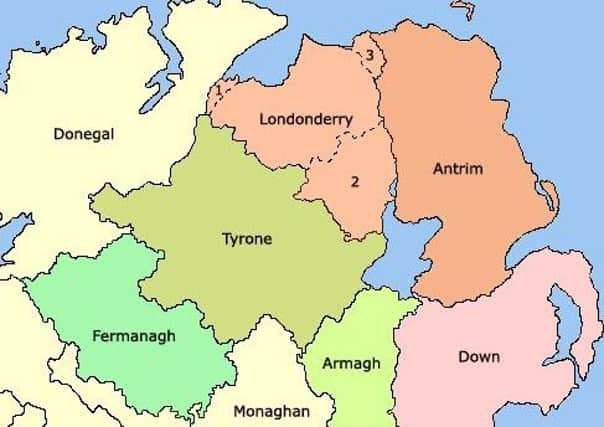Protestant decline as per centage of Catholics on the rise


The newly released Labour Force Survey Religion Report, 2017, shows that the proportion of the population aged 16 and over reported as Protestant, stood at 56 per cent in 1990 but has dropped back to just 42 per cent as of 2017. The number of Catholics, by contrast, has risen over the same period from 38 per cent to 41 per cent.
Meanwhile, the number of people who are reported as being ‘other/non determined’ has also risen dramatically from just six per cent in 1990 to 17 per cent in 2017.
Advertisement
Hide AdAdvertisement
Hide AdThe new report, which was published yesterday by the Executive Office, examines the labour market characteristics of Protestants and Catholics in Northern Ireland. In terms of economic activity, over the 15 years up to 2017, there has been a higher level of working age economic activity among the Protestant community here compared with the Catholic community, although there has been a convergence over that time period.
In 1992, 76 per cent of working age Protestants were economically active, compared with 66 per cent of working age Catholics – a 10 percentage point difference. But by 2017 that had changed markedly, with the working age economic activity rate standing at 73 per cent for Protestants and 70 per cent for Catholics.
In 1992, the working age economic inactivity rate was 24 per cent for Protestants and 34 per cent for Catholics; in 2017, the gap is closing at 27 per cent and 30 per cent respectively.
The report states that Catholics generally have experienced higher rates of unemployment than Protestants, although the difference between the two rates has also decreased over the time period. In 1992, the unemployment rate was 9 per cent for Protestants and 18 per cent for Catholics; in 2017 these rates were four per cent for both Protestants and Catholics.
Advertisement
Hide AdAdvertisement
Hide AdA consistently higher proportion of working age Protestants have been in employment compared with their Catholic counterparts between 1992 and 2017. However, this difference has also decreased over time – in 1992, 69 per cent of working age Protestants and 54 per cent of working age Catholics were in employment; by 2017 these rates were 70 per cent and 67 per cent respectively
The full report can be downloaded at: www.executiveoffice-ni.gov.uk/articles/labour-force-survey-religion-reports